|
|
|
|
Dear colleagues, dear members of the Association MaNEP,
|
|
I hope that you and your families are well in these
exceptional times. The coronavirus pandemic is creating a strong and
lasting effect on every one of our private and our world-wide
professional activities, and the Association MaNEP is no exception.
However, there is a glimmer of hope that, for most institutions in
Switzerland, we may resume regular, on-site research during the summer,
and in autumn also our teaching activities.
|
|
|
|
The MaNEP steering committee, in full consultation with the
programme and organising committees, decided to cancel this year’s SWM
conference in Les Diablerets, which was scheduled for the very end of
August. We now plan that this conference will go ahead in August 2021
with an updated programme. For the time being, the MaNEP Winter School
remains on schedule for January 2021, and indeed registration will open
very soon.
|
In times of crisis, we as physicists are motivated to think
beyond the usual boundaries of our discipline. Many times in the past we
have been able to apply methods and elements of technology, which were
developed primarily for experimental or theoretical physics, to problems
outside our areas of research. NMR/MRI and gene sequencing are
prominent, high-impact examples in medicine and biomedical research.
Successful translations often require an interdisciplinary setting,
combining in some cases the most fundamental spectroscopic techniques,
or methods from statistical physics, with expertise in virology and
epidemiology. Gabriel Aeppli from the Paul Scherrer Institute shows some
recent examples from COVID research in his scientific perspective, and
together with other colleagues has proposed methods for efficient
testing (https://arxiv.org/abs/2004.04614).
Please keep your eyes open and your minds active well beyond
condensed-matter boundaries – a message especially relevant for times
like the COVID pandemic, but also broadly true for all the activities
and skills of the Association MaNEP.
|
|
|
|
What's new?
|
|
|
|
|

|
To achieve optimal virus detection using surface plasmon
resonance (SPR), a leading SPR manufacturer is relying on glass prisms
with a high-quality gold thin film sensor custom grown in the LTA
laboratory.
|
|
|
|
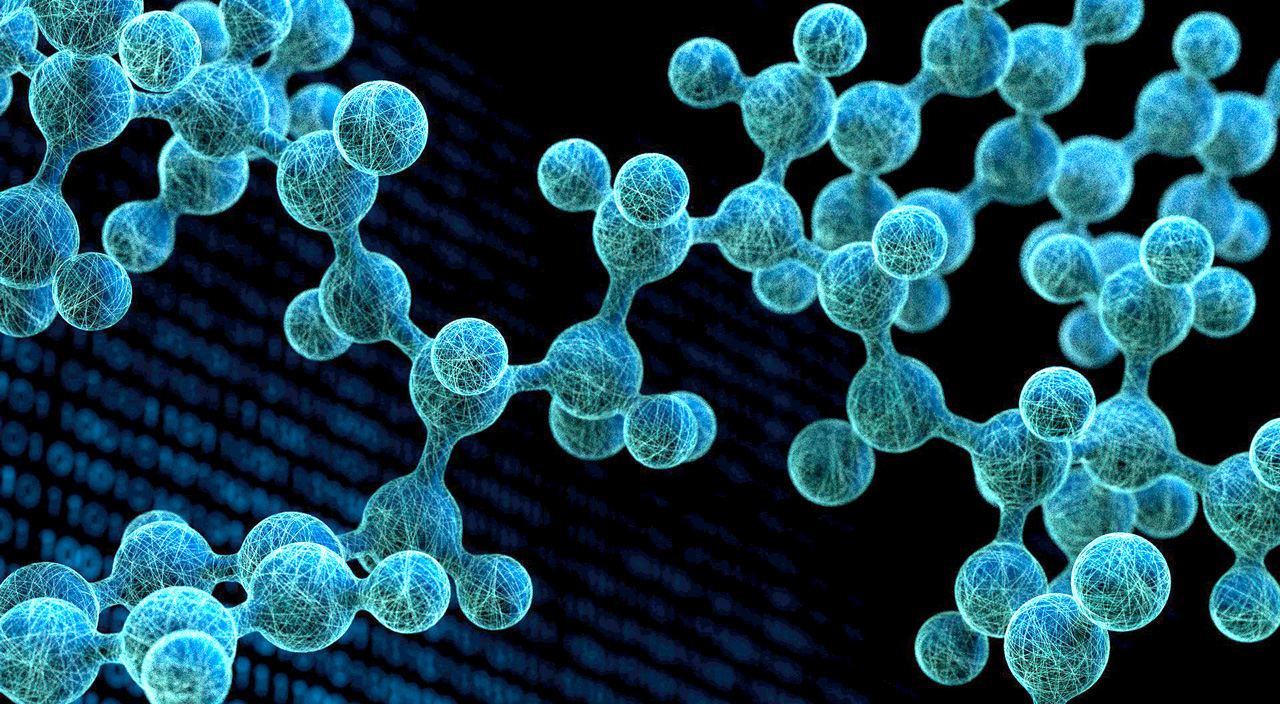
|
The crystal structure of a drug tested against Covid-19 was
solved using Fox computer program, developed in the Laboratory of
crystallography at the Department of quantum matter physics (DQMP),
UNIGE.
|
|
|
|
|
|
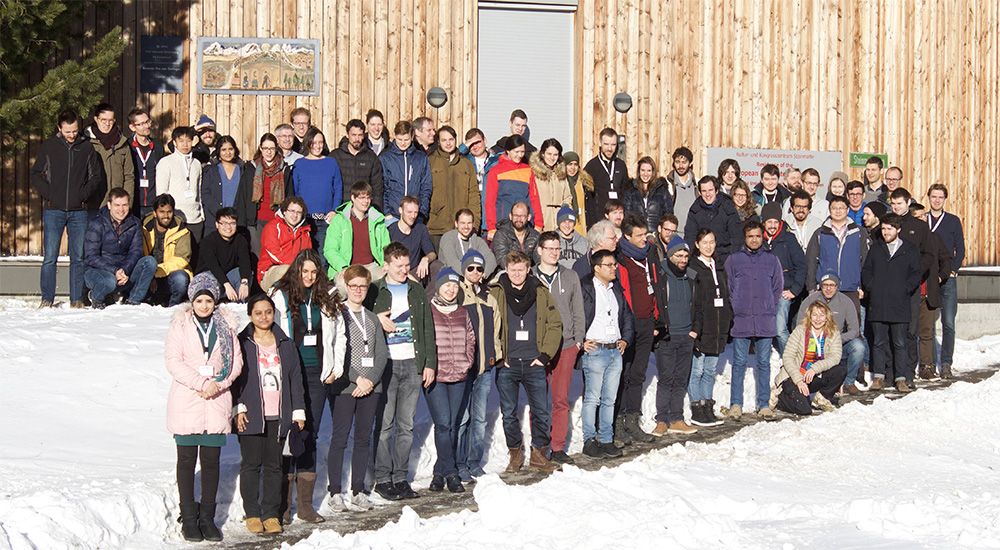
|
In the present wave of event cancellation and postponing, we
are glad to inform our members that the steering committee of the MaNEP
Association has decided to keep the winter school on the usual
schedule.
|
|
|
|
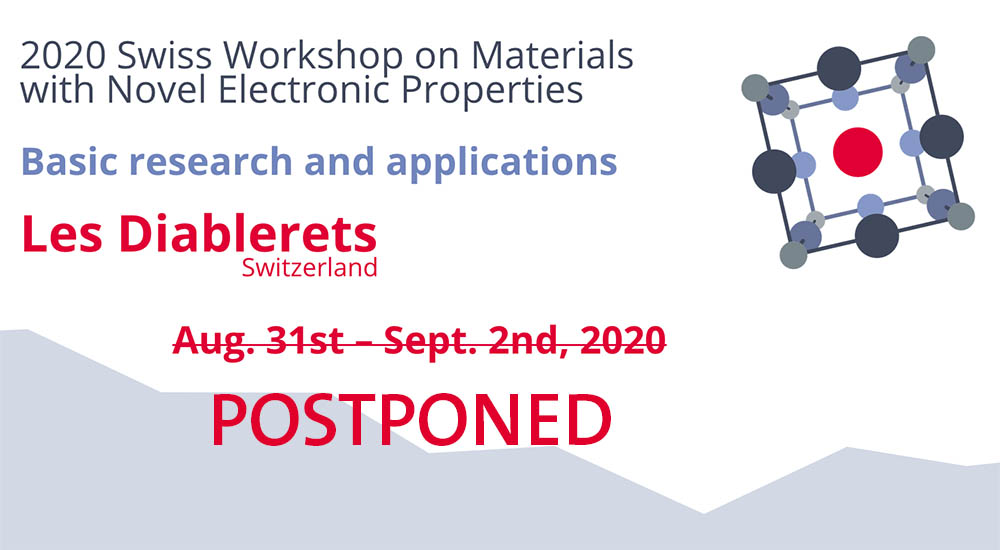
|
Given the current situation with the COVID-19 pandemics and
in adherence to safety guidelines of the Swiss government, the
organizing committee has decided to postpone the SWM2020 conference. The
current plan is to hold the workshop in 2021, with dates that have
still to be fixed.
|
|
|
|
|
|
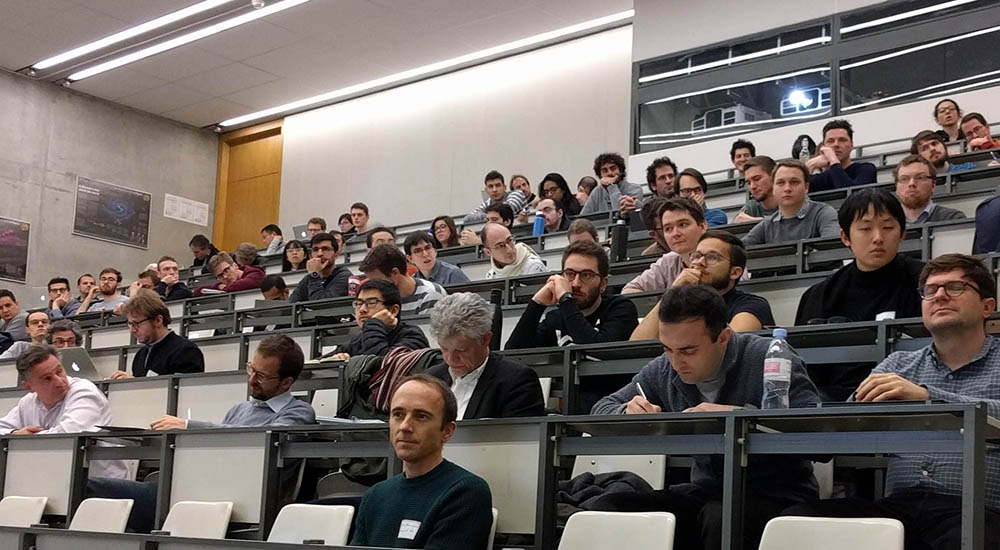
|
The first in a series of ‘van der Waals Meetings’ took place
in Fribourg, during the afternoon of January 24, 2020. It was organized
to bring researchers in the field together so as to enhance their
collaborations, stimulate new innovative ideas, and increase the
competitiveness of Swiss researchers as a whole.
|
|
|
|
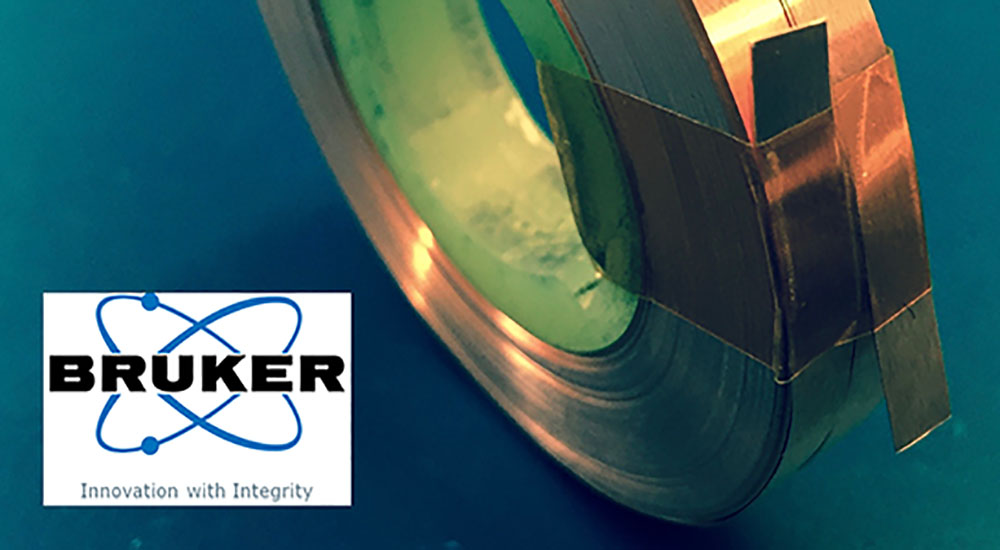
|
Matteo Alessandrini's group at Bruker BioSpin and
Prof. Carmine Senatore's group at DQMP, UNIGE have been recently awarded
financial support by Innosuisse for a three years project. The project
"HTS superconducting joints for NMR magnets" will start in September
2020.
|
|
|
|
|
|
Denys Sutter has been awarded a BRIDGE grant, a joint programme conducted by the SNSF and Innosuisse. condenZero, wins Venture Kick’s financial and entrepreneurial support.
|
|
|
|
|
|
Karin von Arx, University of Zurich, has won the 2019
DECTRIS Experimental Physics Prize for her master thesis "Discovery of a
Collective Orbital Excitation in Ca3Ru2O7 – A Resonant X-ray
Spectroscopy Study".
|
|
|
|
|
|
Lihuan Sun in the group of Christoph Renner, UNIGE obtained a
Subside tremplin. She is Post-doctorant in spin orbit interactions on
graphene/transition metal dichalcogenides heterostructures using
Scanning Tunneling Microscopy and Spectroscopy.
|
|
|
|
|
|
|
|
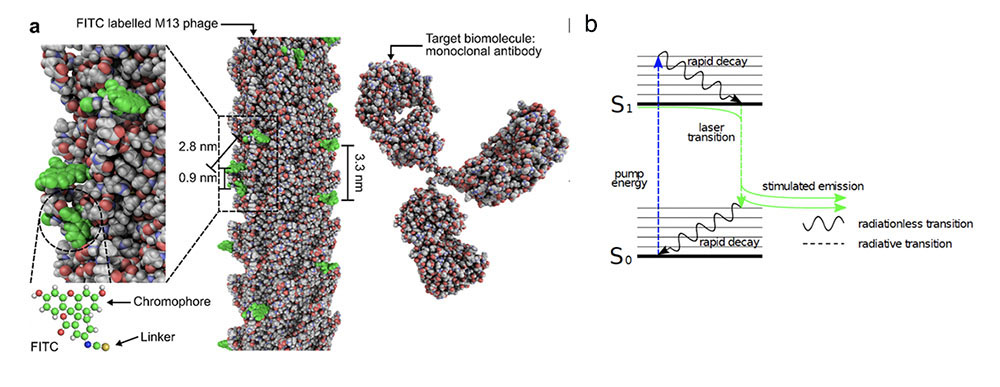
|
By Prof. Gabriel Aeppli, Paul Scherrer Institut
|
Among the most important problems illuminated by the current
COVID-19 pandemic are those of producing and measuring the immune
response to the corona virus. The immune response defines the
progression and lethality of the disease in an infected individual,
while the idea of promoting such a response through a harmless trigger
molecule or viral-like complex is at the core of vaccine development. A
key challenge for both patient care as well as research is thus the
metrology of the immune response.
|
|
|
|
|
|
|
By Tian Shang, Paul Scherrer Institute
|
The study of unconventional superconductors is of great
interest to the physics community. Complex superconducting ground states
can form the basis of novel quantum-field theories and have the
potential for applications ranging from particle accelerators to quantum
computers. The ongoing interest …
|
|
|
|
|
|
By Ana Akrap, University of Fribourg
|
Transition metal dichalcogenides are a rich and diverse
family of compounds. In both bulk and few-layer form, transition metal
dichalcogenides are intensely studied for many of their interesting
properties: excitons, superconductivity, and band-gap tuning by
thickness. They are also pursued for ...
|
|
|
|
|
|
|
Discover more MaNEP Network's research and innovations trough other publication highlights.
|
|
|
|
Portrait
|
|
|
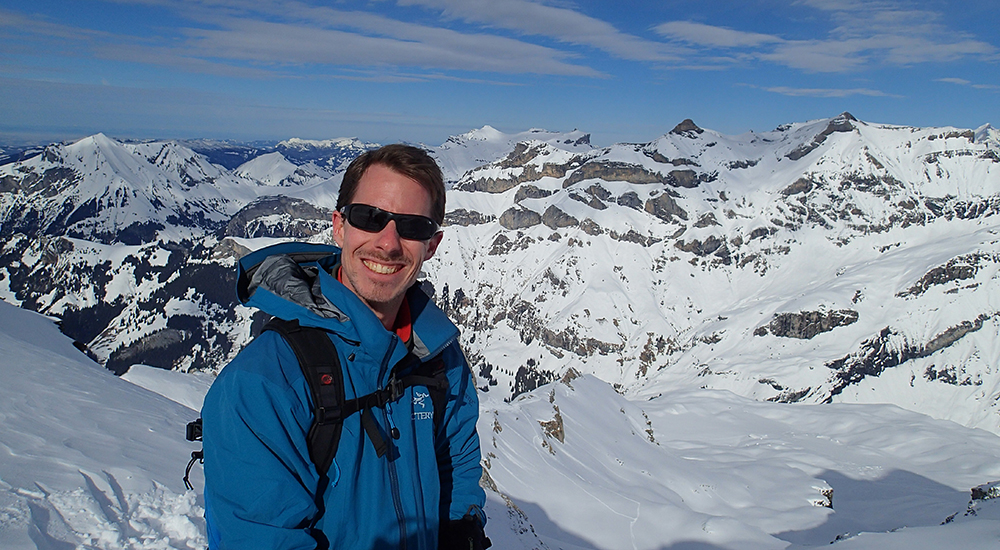
|
|
Please tell us about your main research interests during these last years?
|
I have started my scientific career doing theory in
condensed matter physics during my diploma work. Then I continued with
my PhD studies learning about experimental physics with photoemission
spectroscopy in Neuchâtel.
|
|
|
|
|
(Photo credit: X. Ravinet - UNIGE, PSI, UNIGE, Bruker, UNIFR, UNIZH, B. Vuillemin; G. Rumo)
|
|
|
|
|
|

|
|
MaNEP Switzerland Network
|
|
24, quai Ernest-Ansermet - 1211 Geneva 4
|
|
|
|
|
|
|
|
